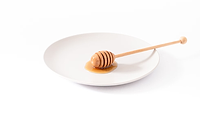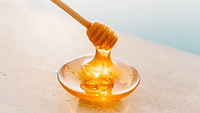BIZTRACKS
Italian Standards Body Offers New Standard for Method of Detecting Honey Adulteration

Image credit: Freepik
In light of the widespread issue of honey fraud and to protect the authenticity of Italian honey, the Italian Standards Body (UNI) has developed a new standard that introduces a new analytical method for detecting honey adulteration.
UNI 11972 describes an adulteration detection method based on Nuclear Magnetic Resonance (NMR), a sophisticated analytical technique that allows the user to “photograph” the chemical composition of honey. When a sample is subjected to NMR analysis, the sugars naturally present in honey can be identified by their characteristic profile, while adulterants can be differentiated based on specific, identifiable signals.
The UNI 11972 standard enables the identification of three types of commonly used adulterants: inulin, a fructofuranoside-based oligosaccharide; invert sugar, a mixture of glucose, fructose, and sucrose derived from the incomplete enzymatic hydrolysis of sucrose; and corn syrup/malt syrup, a mixture of mono-, di-, tri- and tetra-saccharides derived from maltose and corn sugar.
The method introduced in UNI 11972 is able to detect adulteration at 10 percent by weight or greater, guaranteeing high reproducibility.
NMR offers several advantages over other analytical techniques. Specifically, it allows simultaneous analysis of different classes of chemical compounds, guarantees high reproducibility of results, does not require reference databases, and offers the flexibility to expand analyses to new sugar adulterants.
The standard is specifically applicable to acacia, chestnut, and multi-flower honeys, which are three of the most widespread and appreciated varieties on the Italian market.
Looking for a reprint of this article?
From high-res PDFs to custom plaques, order your copy today!






